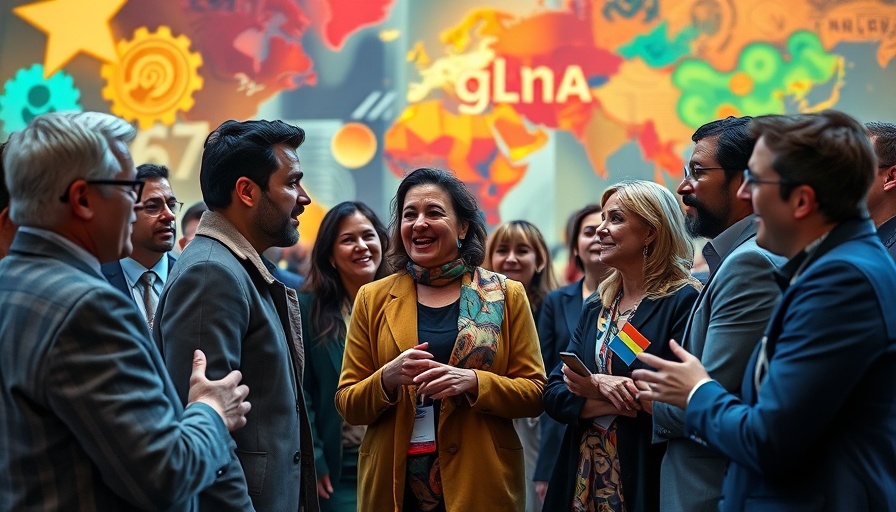
The Artist's Vision at the World Economic Forum
The recent Future of Humanity Experience, held in the picturesque city of Basel, serves as a powerful reminder of the pivotal role artists can play in shaping dialogue around pressing global issues. As world leaders convened in the nearby town of Davos, artists pursued a parallel mission: to insert creativity into spaces typically dominated by politics and business. This innovative event, inspired by the question, 'Where are all the artists?' sought to redefine how we envision our collective future.
Creativity Where It Counts: Why Artists Matter
In the corporate-driven atmosphere of the World Economic Forum (WEF), it’s all too easy to overlook the human aspect of global issues. Organizers Iwona Fluda and Murièle ‘Solange’ Bolay clawed back that humanity. They recognized that decisions impacting millions should incorporate artistic vision and emotional depth. The transformation of Davos village into a hub of cultural exchange highlights a growing trend: people seeking to balance traditional economic discussions with creative expression. Fluda expressed her disappointment with past WEF experiences, noting the conspicuous absence of artists and creatives. As she stated, "There is a void that needs filling. Creativity can unveil new perspectives that reshapes our world."
From Davos to Basel: A Creative Continuum
The beauty of this event lies in its ability to engage diverse perspectives across various disciplines, unearthing shared values and collectively envisioning a better future. Artists from different backgrounds convened over several days, creating an immersive experience for participants. By weaving artistry and discourse together, this initiative aimed to inspire attendees and cultivate new thoughts on how to address global challenges. Solange’s reflection on the WEF’s evolution resonates with many, indicating that fostering an inclusive dialogue is only possible by intertwining art and leadership.
The Power of Intersection: Art Meets Advocacy
Imagine a world where creativity and policy making go hand-in-hand. This artist-led initiative serves as a guiding example for similar undertakings worldwide. It challenges the norm by placing emotional intelligence at the forefront of decision-making. The artists' resolve to insert themselves into crucial conversations is a call to action for communities everywhere to embrace creativity as a catalyst for advocacy. After all, who better than artists to reflect the spirit of our time?
A Vision for the Future: Doorstep to Transformation
As we consider the capacity of creativity to drive change, let’s pause and think about our own communities. What role can local artists play in addressing issues such as climate change, inequality, or mental health? This model showcases the potential of grassroots creativity to inspire action from a local level. By empowering artists, we're not just enriching our culture but also igniting essential dialogues that lead to positive community transformations.
Conclusion: Embrace the Change
In wrapping up this narrative of hope and innovation, the experience in Basel offers a profound reminder that the future is bright when creativity is at the helm. As we continue to grapple with complex global challenges, let us not forget to invite artists and creatives into the conversation. Their ability to envision and critique our societal landscape can only fortify our collective mission to create a better world.
 Add Row
Add Row  Add
Add 




Write A Comment